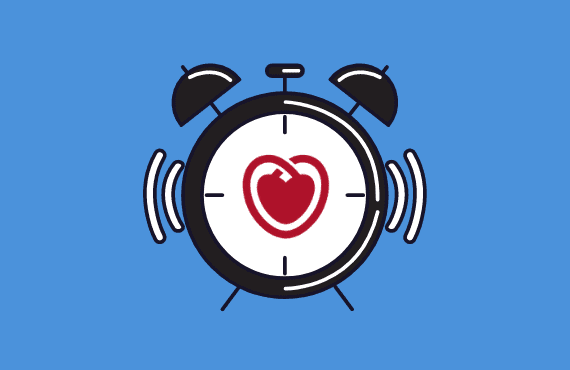
Emilie Belley Cote
The landmark trial, Left Atrial Appendage Occlusion – 3 (LAAOS III) presented in May at ACC 2021, is a trial that just keeps giving – witness the sub-study on surgical atrial fibrillation ablation evaluation presented at ESC Congress 2021 at the end of August.
The sub-study’s co-PI, Emilie Belley-Cote presented findings at ESC 2021. (Download her presentation.)
Richard Whitlock, co-PI on the substudy (and lead PI of the LAAOS III trial) gave this interview to Radcliffe Cardiology two days after her presentation at ESC.
In the video, Richard Whitlock discusses:
“Within this LAAOS III sub-study, what we wanted to look at is the interaction of atrial ablation on the primary outcome with left atrial appendage occlusion. The original Cox-Maze procedure combined a lesion set to control the rhythm as well as atrial appendage removal. And the question has been from the original work done by Dr. James Cox that suggested a stroke benefit, does that stroke benefit come from rhythm control or does it come from the management of left atrial appendage?
This became particularly relevant with the findings of LAAOS III in the main paper, suggesting that there was at least a 33% reduction in the risk of stroke with left atrial appendage occlusion.
What we did is approximate 33% of the patients in LAAOS III, around 1500 patients underwent an ablation procedure concomitant with their cardiac surgery. This was a non-randomized comparison, done at the clinical discretion of the physician. The left atrial appendage occlusion of course, was randomised but again, the ablation was a non-randomized intervention.
What we’ve done in the LAAOS III ablation sub-study is we have done an adjusted analysis for baseline characteristics that were predictive of stroke, that’s basically the CHA2DS2-VASc Score or left atrial appendage occlusion and what we have shown is that ablation or rhythm control did not influence or impact the outcome of stroke or systemic embolism independent of left atrial appendage occlusion.
What this suggests is that the findings of Dr. James Cox from his original work, where there was seen to be a stroke reduction with the Cox-Maze procedure, it is likely that it was the left atrial appendage management that was a driver of those findings.
Impact on practice and future research
I don’t think this should eliminate the use of ablation. In fact, emerging evidence in the catheter-based procedures, as well as now, within some observational studies within surgery suggests that there are maybe other benefits of the ablation procedure.
In particular, it looks like the ablation procedure may influence heart failure presentations and cardiovascular mortality. Likely cardiovascular mortality because the most common cause of mortality in atrial fibrillation patients is heart failure.
Future research should focus on these outcomes as the primary outcomes. As a team we are becoming less enthusiastic about rhythm control for stroke prevention but much more enthusiastic given the findings of CASTLE-AF, now RAFT-AF, CABANA-AF sub-studies, that heart failure is likely influenced by the ablation procedure.
Next steps
In the video, Rich Whitlock continues: “We have submitted and received the first funding for a surgical trial of ablation that will address this exact issue in a randomised fashion. Surgery is an opportune time to study AF ablation because we have the ability to do a sham control where we can truly blind outcome assessors, patients, healthcare teams, outside of the operating room to AF ablation or not.
What we have called the SAFE trial will be starting up and it will be focused on heart failure outcomes and cardiovascular mortality. Investigators and academics around the world interested in that please feel free to contact us and hopefully over the next year, we will get that trial rolling.”
Email: SAFE@phri.ca



